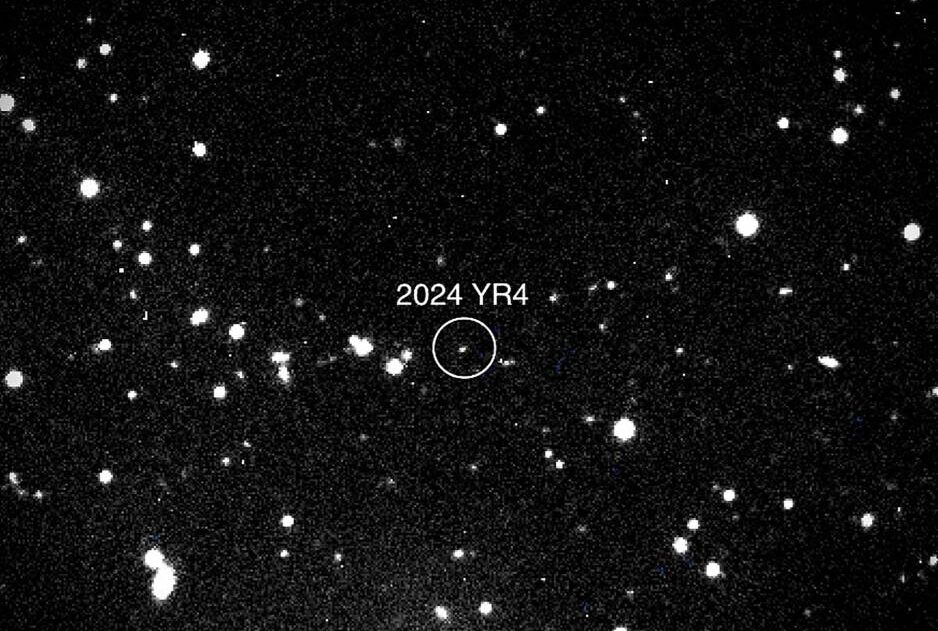‘City-killer’ asteroid might hit Earth, warns NASA

WASHINGTON—A colossal explosion in the sky, unleashing energy hundreds of times greater than the Hiroshima bomb. A blinding flash nearly as bright as the sun. Shockwaves powerful enough to flatten everything for miles.
It may sound apocalyptic, but a newly detected asteroid nearly the size of a football field now has a greater than one percent chance of colliding with Earth in about eight years.
Such an impact has the potential for city-level devastation, depending on where it strikes.
Scientists aren’t panicking yet, but they are watching closely.
“At this point, it’s ‘Let’s pay a lot of attention, let’s get as many assets as we can observing it,’” Bruce Betts, chief scientist of The Planetary Society, told Agence France-Presse (AFP).
Rare finding
Dubbed 2024 YR4, the asteroid was first spotted on Dec. 27, 2024, by the El Sauce Observatory in Chile. Based on its brightness, astronomers estimate it is between 40 and 90 meters wide.
By New Year’s Eve, it had landed on the desk of Kelly Fast, acting planetary defense officer at US space agency Nasa, as an object of concern.
The risk assessment kept climbing, and on Jan. 29, the International Asteroid Warning Network (IAWN), a global planetary defense collaboration, issued a memo.
According to the latest calculations from Nasa’s Jet Propulsion Laboratory, there is a 1.6 percent chance the asteroid will strike Earth on Dec. 22, 2032.
If it does hit, possible impact sites include over the eastern Pacific Ocean, northern South America, the Atlantic Ocean, Africa, the Arabian Sea and South Asia, the IAWN memo states.
2024 YR4 follows a highly elliptical, four-year orbit.
For now, it’s zooming away from Earth—its next close pass won’t come until 2028.
A similar scenario unfolded in 2004 with Apophis, an asteroid initially projected to have a 2.7 percent chance of striking Earth in 2029. Further observations ruled out an impact.
Destructive potential
The most infamous asteroid impact occurred 66 million years ago, when a 9656-meter-wide space rock triggered a global winter, wiping out the dinosaurs and 75 percent of all species.
By contrast, 2024 YR4 falls into the “city killer” category.
“If you put it over Paris or London or New York, you basically wipe out the whole city and some of the environs,” said Betts.
The best modern comparison is the 1908 Tunguska Event, when an asteroid or comet fragment measuring 30 to 50 meters exploded over Siberia, flattening 80 million trees across 2,000 square kilometers.
Like that impactor, 2024 YR4 would be expected to blow up in the sky, rather than leaving a crater on the ground.
For 2024 YR4, the explosion from an airburst would equal around eight megatons of TNT (trinitrotoluene)—more than 500 times the power of the Hiroshima bomb.
The good news, experts stress, is that we have plenty of time to prepare.
Rivkin led the investigation for Nasa’s 2022 DART mission, which successfully nudged an asteroid off its course using a spacecraft—a strategy known as a “kinetic impactor.”
AFP is one of the world's three major news agencies, and the only European one. Its mission is to provide rapid, comprehensive, impartial and verified coverage of the news and issues that shape our daily lives.

















